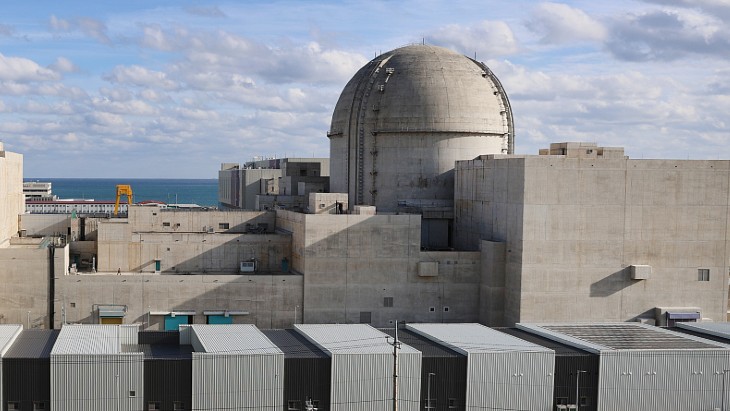In 2017, Uzbekistan signed an agreement with Russia to construct two VVER-1200 pressurised water reactors. These are to be commissioned in 2028 and 2030, respectively. In 2019, the country initiated the process to select the site and installed a monitoring station for data collection on seismological, hydrological, meteorological and environmental parameters. In April 2019, UzAtom sent an official request to the IAEA to conduct an Integrated Nuclear Infrastructure Review mission and a SEED Review Service mission.
Designed to assist IAEA Member States at different stages in the development of a nuclear power program, the SEED safety review service offers a choice of modules on which to focus the review, such as site selection and assessment, and the design of structures, systems and components against site external hazards.
A mission to review Uzbekistan's safety processes for evaluating the site of its first nuclear power plant took place from 16 to 20 January. It was carried out at the request of the Uzbek government and was hosted by the state agency for the development of nuclear energy, UzAtom, in the capital, Tashkent.
The mission team comprised five experts from France, Turkey and the UK, as well as two IAEA staff members. They conducted interviews with senior staff from UzAtom and relevant technical agencies and made a one-day visit to the selected site near Lake Tuzkan, in the Farishsky district.
The SEED mission included the review of the site data collection methods and of identification of external hazards that need to be considered with reference to the construction of the VVER-1200 units. The conclusions of the previous SEED review mission on site selection in August 2021 were also considered.
"The team found that Uzbekistan has carried out an objective and safety-oriented site characterisation process that emphasised the safety of workers, public and environment, in accordance with the IAEA Safety Standards," said Ayhan Altinyollar, team leader for the review and Nuclear Safety Officer in the IAEA Department of Nuclear Safety and Security.
The team provided recommendations to support the optimisation of the site evaluation process. In particular, the IAEA team recommended that UzAtom reorganise existing data and collect the additional data needed, according to guidelines provided in SSR-1, to implement a management system that covers all aspects of site evaluation: work organisation, planning, independent verification and documentation. It also recommended UzAtom identify and select feasible engineering measures to provide plant cooling and site protection from external events, with reference to the specific plant technology selected by the owner and the number of units. It should also finalise the Preliminary Safety Analysis Report by referencing all recently collected site-specific data, and the site characterisation process report, to ensure well-informed decision making related to construction licensing, investments and safety assessment phases.
The final mission report will be delivered to the government of Uzbekistan within three months.
"We requested the IAEA SEED mission as an integral part of our development of a nuclear power programme that meets the highest international standards of safety," said Jakhongir Abdurakhmanov, head of the Construction Department of Nuclear Facilities at UzAtom. "The IAEA's recommendations will ensure we implement these standards literally from the ground upwards in siting and constructing our first nuclear power plant."

.jpg)



_72306.jpg)


_49562.jpg)





